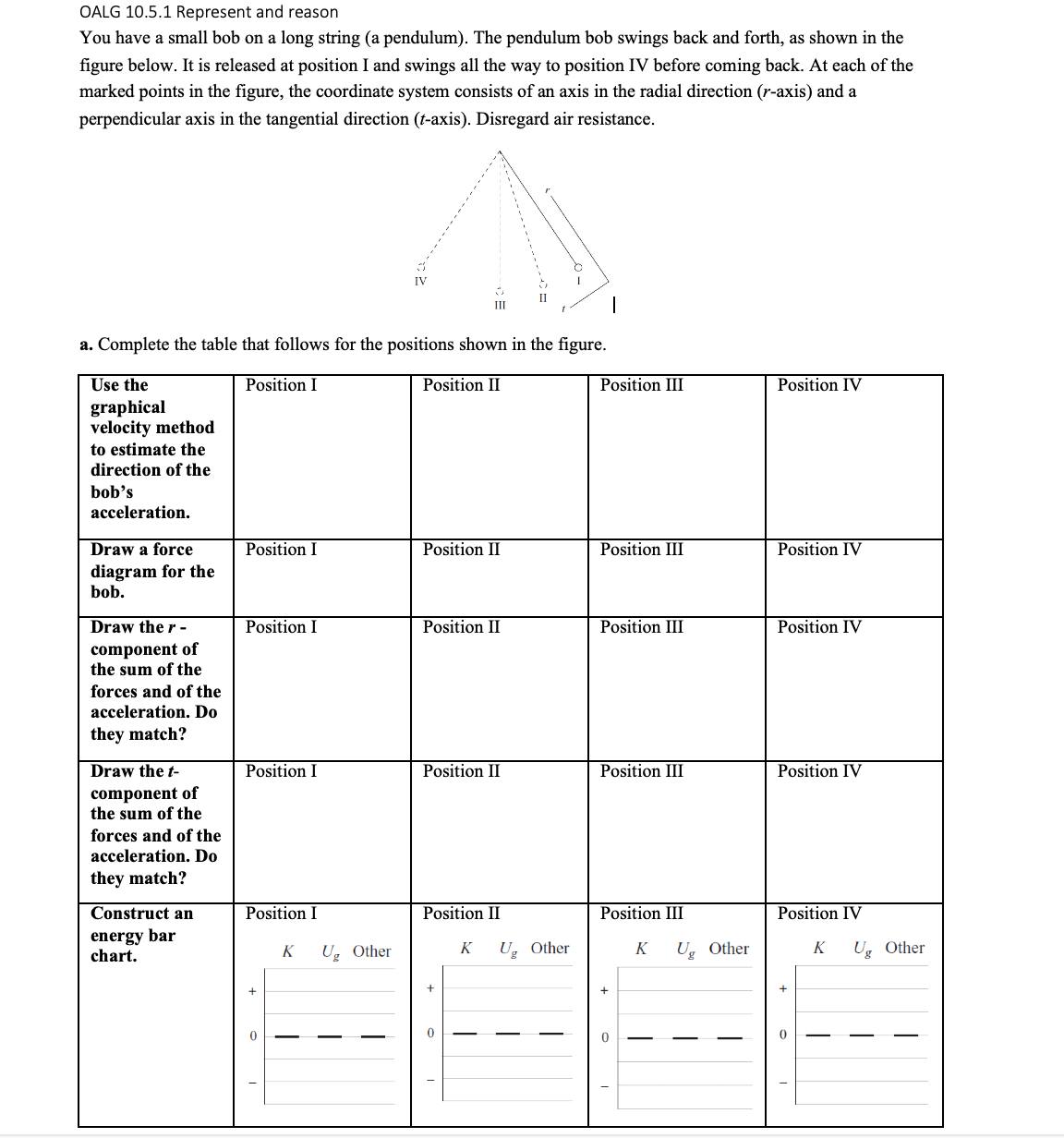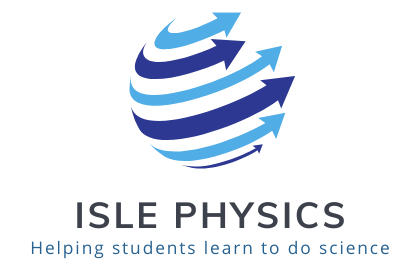Originally posted November 15, 2021 on FB
Hi all, today I continue with vibrational motion. Do not forget to like the post when you finish reading (who knows, maybe you will even love it ![]() For many years I taught vibrational motion of a simple pendulum as vibrational motion, focusing on the tangential components of the net force and acceleration. It did not occur to me, that it was also circular motion at changing speed. Many generations of my students never learned that the acceleration fo the pendulum bob is not along the tangent to the circle and is not towards the center of the circle but has a variable directions that can be determined by drawing a good force diagram (forces to scale) and even better – by drawing a good motion diagram. Here is the activity that allows your students to figure it out. Only a small percentage of physics graduate students can draw the direction of acceleration of a pendulum at different points of the arc (research by late Lillian McDermott). Your students will be able to! The answers to the questions in the activity are in the textbook on page 297. If you need them, I can post as a separate post. If you read to the end, you know what to do next!
For many years I taught vibrational motion of a simple pendulum as vibrational motion, focusing on the tangential components of the net force and acceleration. It did not occur to me, that it was also circular motion at changing speed. Many generations of my students never learned that the acceleration fo the pendulum bob is not along the tangent to the circle and is not towards the center of the circle but has a variable directions that can be determined by drawing a good force diagram (forces to scale) and even better – by drawing a good motion diagram. Here is the activity that allows your students to figure it out. Only a small percentage of physics graduate students can draw the direction of acceleration of a pendulum at different points of the arc (research by late Lillian McDermott). Your students will be able to! The answers to the questions in the activity are in the textbook on page 297. If you need them, I can post as a separate post. If you read to the end, you know what to do next!


